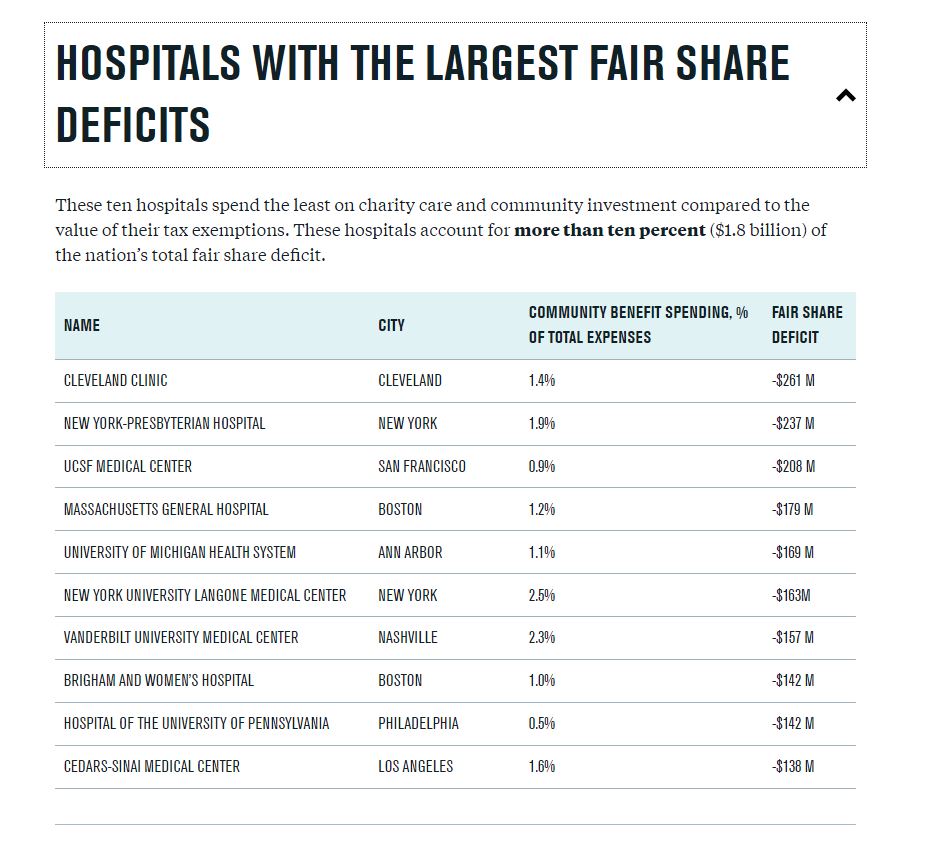By MIKE MAGEE
John Maynard Keynes, the famous British economist, was born and raised in Cambridge, England, and taught at King’s College. He died in 1946. He is widely recognized today as the father of Keynesian economics that promoted a predominantly private sector driven, market economy, with an activist government sector hanging in the wings ready to assume center stage during emergencies.
Declines in demand pointed to recession. Irrationally exuberant spending signaled inflationary increases in pricing, eroding the value of your money. Under these conditions, Keynes encouraged the government and central bank to adjust fiscal and monetary policy to dampen the highs and lows of the business cycles.
Keynesian economics were popularized in America in the 1930’s by a University of Minnesota economist who would go on to become Chairman of Economics at Harvard. For this, he is often referred to as “The American Keynes”, and was highlighted this week in the New York Times by Nobel economist, Paul Krugman, for his association with another tagline, “Secular Stagnation.”
When that economist, Alvin Hansen, first described the condition, he was working on FDR’s Social Security Plan. He defined it as “persistent spending weakness even in the face of very low inflation.” Krugman’s modern-day description? “What we’re looking at here is a world awash in savings with nowhere to go.”
Krugman is not the only economist sounding the alarm. Larry Summers, Harvard economist and Treasury Secretary under Bill Clinton, recently wrote, “The relevance of economic theories depends on context.” On the top of his list of current environmental concerns restricting investment and growth is the strong belief that the number of available workers is in steep decline.
Just days ago the CDC added fuel to the fire when they reported a 2020 birth rate in the U.S. of 55.8 births per 1,000 women ages 15 to 44. That was 4% lower than in 2019, and the lowest recorded rate since we started collecting these numbers in 1909. Our lower birthrate is further aggravated by declines in numbers of immigrants and a flattening of the movement of women into the workforce. Add to this the general aging of our population. To put it in perspective, Americans over 80 now outnumber Americans 2 and under.
Continue reading…

















